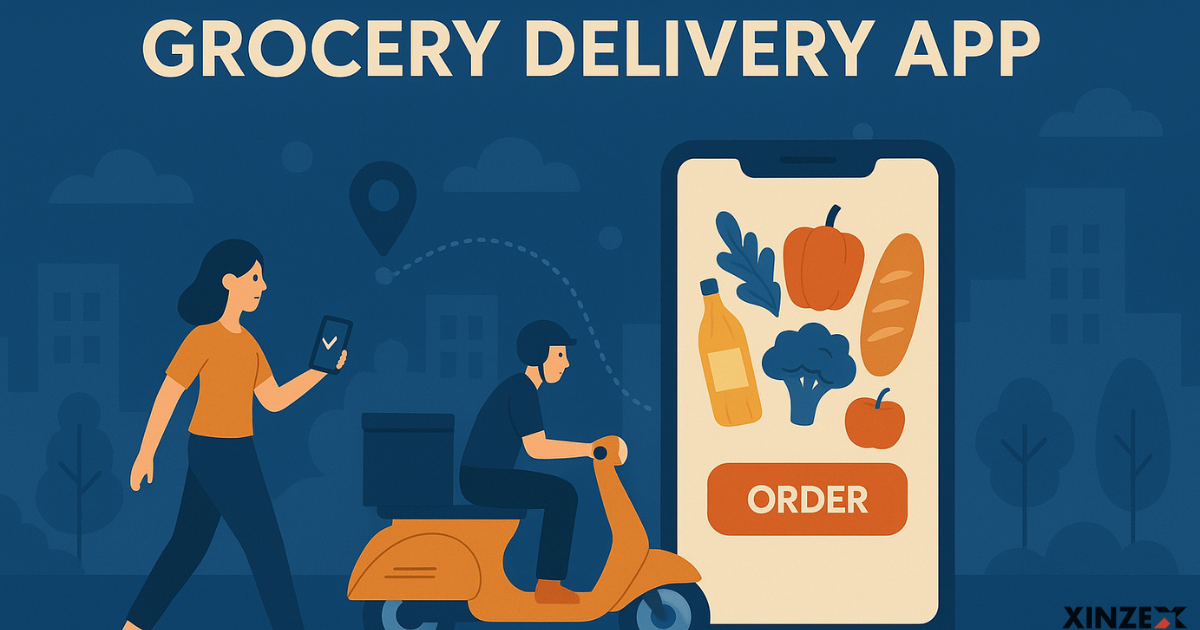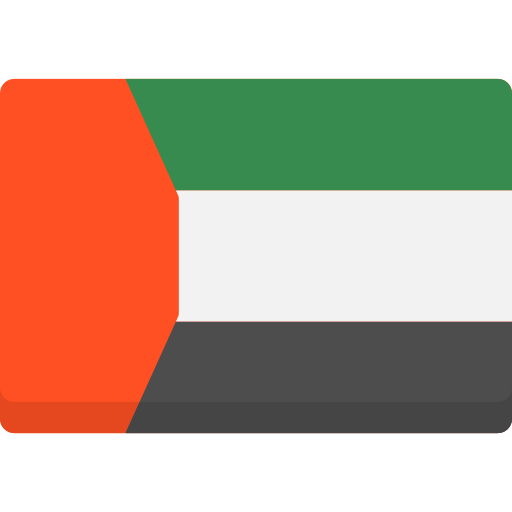The grocery delivery industry is evolving rapidly, and by 2025, it is expected to reach new heights due to advanced technologies and changing consumer preferences. With the increasing demand for convenience and faster delivery, grocery delivery apps are essential to daily life. If you plan to build a grocery delivery app in 2025, this guide provides everything you need to know from types and features to tech stack and costs.
Why Invest in a Grocery Delivery App in 2025?
The grocery delivery market is set to grow exponentially by 2025, and here are some reasons why:
Rising Demand for Convenience
Consumers increasingly prioritize convenience, and grocery delivery apps offer a seamless shopping experience.
Tech-Savvy Consumers
With the proliferation of smartphones and internet access, more users are turning to apps for their daily needs.
Sustainability Trends
Consumers are leaning toward eco-friendly and sustainable shopping options, which grocery delivery apps can incorporate.
Revenue Potential
The global online grocery market is projected to exceed $1.5 trillion by 2025, making it a highly profitable business opportunity.
Types of Grocery Delivery Apps in 2025
By 2025, grocery delivery apps will cater to various consumer needs. Here are the main types of apps to consider:
Aggregator Apps
These apps partner with multiple local grocery stores, allowing users to browse and order from various options. Examples include Insta cart and BigBasket.
Single-Store Apps
These apps are owned by individual grocery stores or chains, offering exclusive access to their inventory. Examples include Walmart Grocery and Tesco.
Quick Commerce (Q-Commerce) Apps
Focused on ultra-fast delivery (within 10 to 30 minutes), these apps are gaining popularity in urban areas. Examples include Gorillas and Getir.
Subscription-Based Apps
These apps offer subscription plans for regular grocery deliveries, often with added benefits like discounts or free delivery. Examples include Amazon Fresh and Thrive Market.
AI-Powered Personalized Apps
By 2025, AI-driven apps will dominate, providing personalized recommendations based on user preferences, purchase history, and dietary needs.
Must-Have Features for a Grocery Delivery App in 2025
To remain competitive in 2025, your grocery delivery app must include advanced features that enhance user experience and streamline operations. Here’s a breakdown:
For Users
- AI-Powered Recommendations: Personalized product suggestions based on user behavior and preferences.
- Voice Search: Enable users to search for products using voice commands.
- Augmented Reality (AR): Allows users to visualize products in their homes before purchasing.
- Real-Time Order Tracking: Live tracking of orders with estimated delivery times.
- Multiple Payment Options: Support for credit and debit cards, digital wallets, UPI, and cryptocurrency.
- Eco-Friendly Options: Allow users to choose sustainable packaging or carbon-neutral delivery.
For Admin
- AI-Driven Inventory Management: Automate stock updates and predict demand using AI.
- Advanced Analytics: Gain insights into sales trends, user behavior, and app performance.
- Dynamic Pricing: Adjust prices based on demand, time, or user preferences.
Delivery Route Optimization: Use AI to optimize delivery routes for faster and more cost-effective deliveries.
For Delivery Personnel
- Real-Time Alerts: Notifications for new orders, route changes, and delivery updates.
- Earnings Dashboard: Track real-time earnings, incentives, and payment history.
- Safety Features: Include SOS buttons and real-time location sharing for delivery personnel.
Tech Stack for Building a Grocery Delivery App in 2025
By 2025, technology will play a crucial role in app development. Here’s a recommended tech stack:
- Frontend Development: React Native, Flutter, or Swift (for iOS), and Kotlin (for Android).
- Backend Development: Node.js, Ruby on Rails, or Django.
- Database: MongoDB, PostgreSQL, or Firebase.
- AI and Machine Learning: TensorFlow or PyTorch for personalized recommendations and demand forecasting.
- Payment Gateway: Stripe, PayPal, Razorpay, or cryptocurrency payment integrations.
- Cloud Storage: AWS, Google Cloud, or Microsoft Azure.
- Real-Time Tracking: Google Maps API, Mapbox, or GPS-based tracking systems.
Cost of Building a Grocery Delivery App in 2025
The cost of developing a grocery delivery app in 2025 will depend on several factors:
App Complexity
Basic apps may cost between $25,000 and $50,000, while advanced apps with features such as AI and AR may range from $75,000 to over $150,000.
Development Team
Hiring an in-house team is generally more expensive than outsourcing to a development agency.
Features and Integrations
Incorporating advanced features like AI, AR, and blockchain will increase the overall cost.
Maintenance
Ongoing maintenance and updates typically cost about 15% to 20% of the initial development cost annually.
Steps to Build a Grocery Delivery App in 2025
- Market Research: Analyze your target audience, competitors, and emerging trends in 2025.
- Define Features: Prioritize the features based on user needs and business goals.
- Choose a Development Partner: Partner with a reliable app development company, such as XinZex, to bring your vision to life.
- Design and Prototyping: Create wireframes and prototypes to visualize the app’s layout and flow.
- Development and Testing: Build the app and conduct rigorous testing to ensure functionality and performance.
- Launch and Marketing: Release the app on app stores and promote it through digital marketing strategies.
Why Choose Xinzex for Your Grocery Delivery App Development?
At Xinzex, we specialize in building scalable, user-friendly, and feature-rich grocery delivery apps tailored to your business needs. Our team of experienced developers, designers, and project managers ensures seamless development and timely delivery. Whether you’re a startup or an established business, we are here to help you succeed in the competitive grocery delivery market.
Conclusion
Building a grocery delivery app in 2025 is a wise investment, given the growing demand for online grocery shopping and the integration of advanced technologies. By understanding the types of apps, their features, tech stack, and associated costs, you can create an app that stands out in the market. Partnering with a trusted development company like Xinzex ensures a smooth development process and a high-quality end product.










